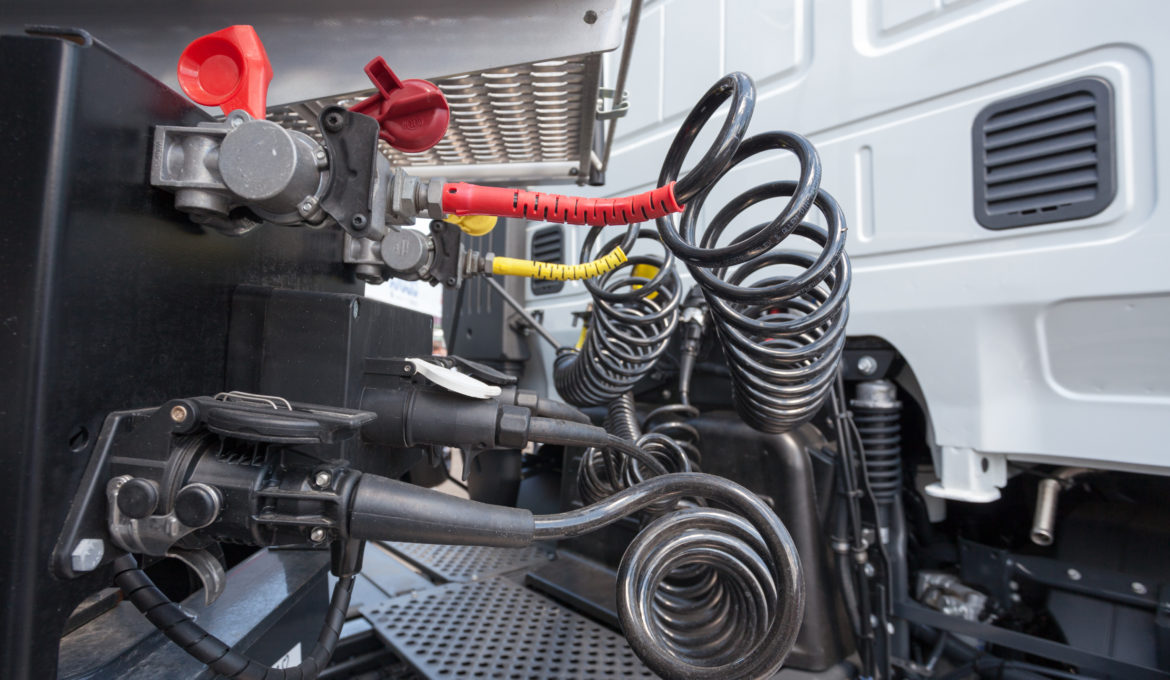The usage of advanced computer technologies, automated assembly systems, and high-quality compressed air systems have changed the automotive manufacturing industry.
– Originally written by Yasir –
Consumers now have the choice to purchase safer, more fuel-efficient, and reliable vehicles today than ever before. Compressed air also saves energy and money during the manufacturing of automotive in the assembly.
Over the last 10 decades, the introduction of compressed air in the assembly line has enhanced automotive manufacturing by increasing workers’ safety and the overall efficiency of the manufacturing plant.
It is used as a tool in almost every stage of car manufacturing from painting, cleaning, engine, and vehicle assembly. It is as well used in car tires and garages/body shops. The following are the basic uses of compressed air in automotive manufacturing:
- Air operated robots
- Plasma cutting and welding to sustain reliability, as well as speed
- The breathing of air filters to increase air quality
- Tire inflation
Cars are currently made of more durable and lightweight composite materials like plastics. Compressed air tools create the auto parts and power the lifting, positioning, and moving, fastening machines during assembly. It is used in the formation of critical vehicle components such as stamping door panels and trunks.
Compressed air is being utilised by both cleaning and painting processes. Before painting a bare vehicle, the body is first inspected for any defect then cleaned. The presence of contaminants in the air supply will result in expensive re-work, spoilage, and production loss.
To achieve a perfect mirror finish during painting, clean, dry, oil and contaminant-free compressed air must be used. To also achieve an even finish while painting the car, the compressed air used must be void of water or contaminants. For garages and body shops, low-pressure oil-free compressed air is used to operate spray guns. Paint becomes agitated in a bath when compressed air is used to prevent clumping and allows thorough mixing of the colour for consistency.
Using compressed air, paint is propelled through guns or robots onto a clean metal car body surface. it is critical to choose the right size and type of compressor to have a consistent reliable paint spray.
To achieve a high-quality paint finish, use a compressed air dryer and coalescing filters to remove any naturally occurring moisture.
The heavy lifting on the assembly line that used to be carried out by humans has been eased by compressed air and conveyed to the production line.
Compressed air tools are consistent and reliable, these mentioned features are the reasons for their use in body shops.
Manufacturers guidelines on how to use compressed air in automotive manufacturing
In other to maintain good quality and reduce the cost of maintenance and cooling water, it is highly recommended to periodically replace older units with oil-free centrifugal air compressors piped to heat off compression dryers.
Below are the two ways to remove oil from your compressed air system:
- Fit pneumatic systems at the compressor or point of use
- Employ multi-staged filtration between the compressor and the tool
Also, you can remove water from your compressed air system by doing the following:
- Daily check of your compressor
- Fit a water spinner at the entrance of your downstream equipment
- Employ a deliquescent air dryer to remove water vapor to maintain the need for dry air. Table salt is commonly used for this purpose.
- The use of a pneumatic water separator; has an effective operating capacity of removing the least water and oil from the air supply.
Factors to consider when determining the size of your compressor
- The manufacturer’s recommended air pressure requirements; as incorrect pressure may result in poor performance of equipment.
- The air demand; usually in psi and CFM.
- Compressed air storage; a common guideline, in this case, is 4 to 5 gallons of air storage per CFM.
- Most importantly, consider the location of the air compressing equipment. Hence, adhere to the recommended guidelines for spacing
Factors to consider when installing an air compressor
- The serviceability and accessibility
- Ambient room temperature and minimum air circulation
- The power distribution point
- The ambient air cleanliness
- The environment noise and vibration levels




